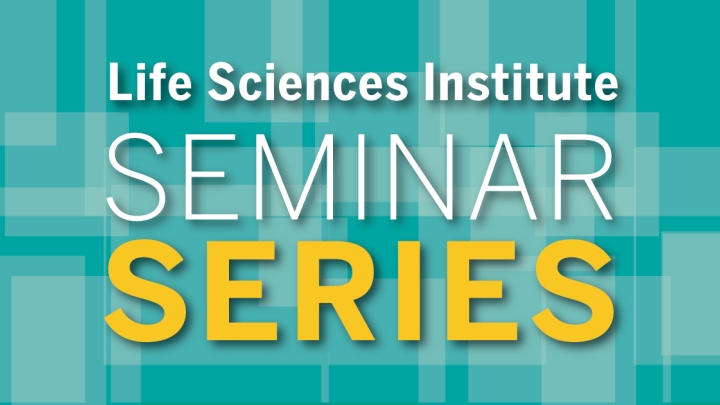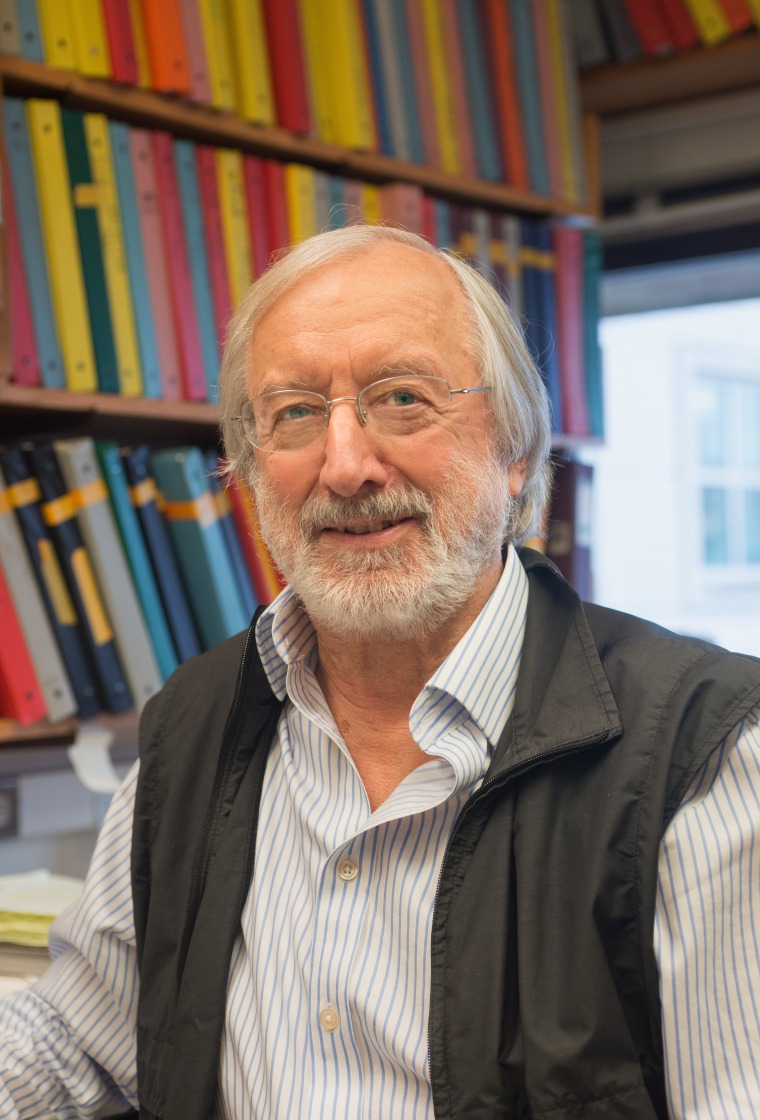
CANCELED - LSI Seminar Series: Richard Palmiter, Ph.D., University of Washington, Seattle
Parabrachial CGRP-expressing neurons establish and maintain threat memories
The parabrachial nucleus (PBN) receives somatosensory and viscerosensory inputs and relays them to other brain regions. The functions of several genetically identified sub-populations of PBN neurons are beginning to be elucidated. Among these are neurons that express calcitonin gene-related peptide (CGRP). The CGRP neurons are activated (assessed by Fos expression and/or GCaMP fluorescence) by a wide variety of threats including, pinch, foot shock, hot plate, itch, visceral malaise (LiCl, LPS or large meal), threatening sensory stimuli and cues that predict pain or malaise. Remarkably, virtually all CGRP neurons respond to each of these threats; thus, they relay a general alarm signal to the rest of the brain, including the central nucleus of the amygdala (CeA), bed nucleus of the stria terminalis (BNST), thalamic (VPMpc) and parasubthalamic (PSTN) nuclei. Optogenetic activation of CGRP neurons is aversive, inhibits appetite, affects the autonomic nervous system and can elicit catatonic, freezing behavior. Optogenetic or chemogenetic activation of CGRP neurons can substitute for foot shock or visceral malaise in classical fear or taste conditioning paradigms. Furthermore, the activity of CGRP neurons after fear or taste learning is important for expression of learned behaviors and retention of these memories.
Speaker

Richard Palmiter is a Howard Hughes Medical Institute Investigator and and a professor of biochemistry and genome sciences at the University of Washington. He received a B.A. from Duke University and Ph.D. from Stanford University. Prior to moving to the University of Washington in 1974, he was a postdoctoral fellow at Stanford, at G.D. Searle Research Laboratories, and Harvard. Palmiter is a member of the National Academy of Sciences and the American Association of Arts and Sciences. His laboratory is best known for its contributions to molecular genetics, development of mouse transgenic technologies and their use to study neural circuits that affect mouse behavior.


